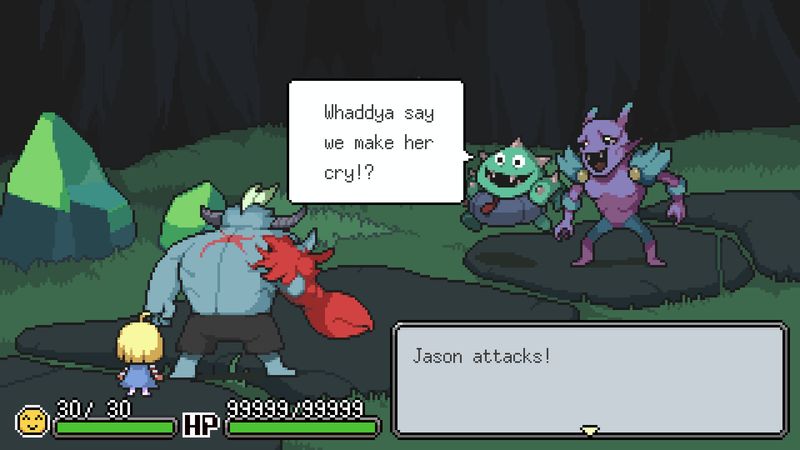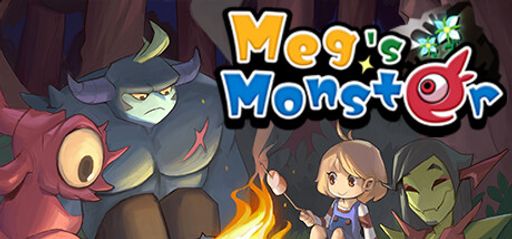As a seasoned gamer with a passion for intricate gameplay mechanics, I dove into Meg’s Monster with a mix of nervousness and excitement. First, Odencat’s latest indie adventure arrives as a blend of quirky charm and tough strategy, and it left me both impressed and reflective about its design. In this game, you play the Underworld’s grumpiest ghoul, tasked with guiding a lost little girl back home—a mission with real consequences, because if she cries, the whole world could collapse.
Overall Impression
Overall, Meg’s Monster won me over as a truly charming experience, especially for those who value character-driven stories. At first glance, the concept seems simple: you explore a world that’s equal parts lighthearted and tense. Yet, beneath its playful surface lie high emotional stakes, delivered with gentle humor and genuine warmth. Compared to many indie titles, this game stands out by balancing intense moments with a spirited sense of fun. It tells its story without leaning on the usual adventure clichés.
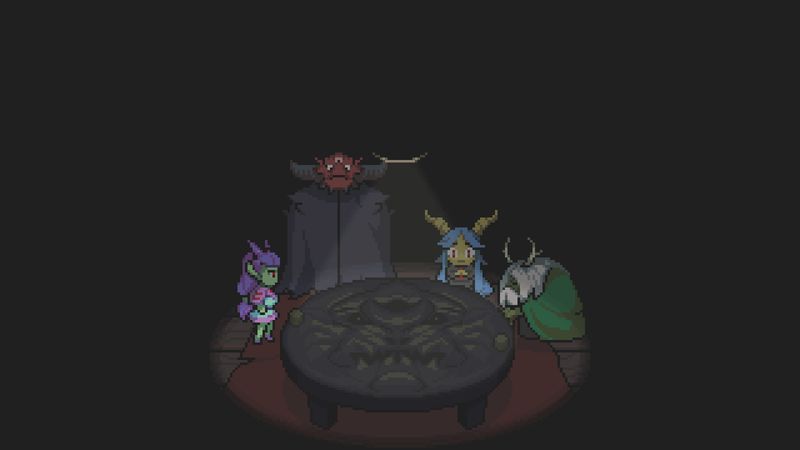
Gameplay Mechanics
Meg’s Monster offers an engaging mix of strategic combat, real-time puzzle sequences, and light RPG elements. I encountered milestone level-ups rather than repetitive grinding, which was a refreshing change. The game autosaves frequently, providing reassurance during critical moments and letting me pick up the pace after a challenging section. I found the ability to retry battles without enduring the same lengthy cutscenes particularly thoughtful. This feature respects both time and concentration, a creative touch that speaks to Odencat’s understanding of modern gaming needs.
The gameplay is anchored by well-designed controls. Most actions rely on keyboard inputs, allowing for a responsive and intuitive experience. While the occasional use of a touchpad for specific cursor control moments can prove tricky, it never detracts from the overall engagement. I found that even in sections that demanded more precise input, the game maintained its fluidity. Player reviews have noted similar experiences, and my own immersion never faltered. However, a few moments felt slightly predictable; I expected more innovative twists in the puzzle sequences.
The game’s real-time button press sequences and occasional puzzles are well-placed. They keep the adrenaline up without overshadowing the narrative. I appreciated how each level offered its unique set of obstacles and challenges. These gameplay elements encourage a steady rhythm, ensuring you remain actively involved without feeling overwhelmed.

Story and Characters
The heart of Meg’s Monster is its surprisingly deep narrative. Playing as the Underworld’s cantankerous yet ultimately caring ghoul provided an unexpected emotional journey. The storyline is built on a delicate balance of humor, sorrow, and determination. I felt a genuine connection to the characters early in the game. The lost little girl, with her quiet vulnerability, contrasts sharply with her grumpy supernatural guide. Their relationship unfolds in a way that is both humorous and heartwarming, and it touches on themes of friendship and trust.
Odencat has clearly invested in character development. Each persona, whether major or minor, feels carefully designed. Memorably, the interactions between the misanthropic ghoul and the innocent girl showcase the game’s ability to subvert expectations. I also encountered environmental storytelling techniques that enriched the lore without overwhelming you with exposition. It is a rare accomplishment to deliver such an emotionally engaging narrative in an indie title.

Visuals and Graphics
The artistic style of Meg’s Monster is crucial to its appeal. The visuals are described by many players as soothing yet creatively unsettling. The game employs a hand-drawn aesthetic that captures both the macabre and the adorable sides of its narrative. Every scene is a visual treat—a testament to Odencat’s dedication to art and design. I was particularly captivated by the unique character designs and the atmospheric backdrops that evoke the eerie essence of the Underworld.
The graphics are crisp and vibrant, delivering a coherent visual language that complements the gameplay and story. I found that each environment not only served as a setting but also as an extension of the narrative, enhancing the overall experience. The balance between light and shadow creates an aesthetic mood that feels appropriate for the delicate blend of humor and gravity in the plot. This visual finesse contributes significantly to the game’s replayability.
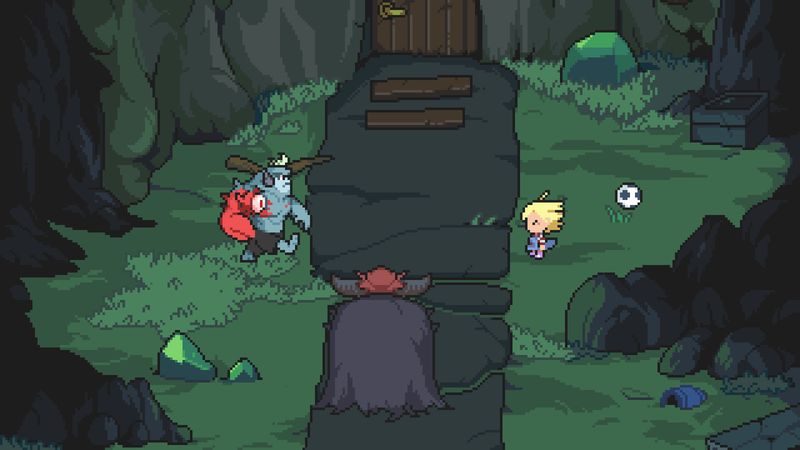
Sound and Music
The audio landscape of Meg’s Monster is another element that truly elevates the experience. The soothing music and carefully chosen sound effects resonate with the game’s overall tone. I marveled at the music’s ability to shift subtly from calm, reflective melodies to more urgent, tense sequences when the stakes rose. It is clear that the soundtrack was composed with great attention to detail.
In particular, the serene tunes during quiet, exploratory moments contrast sharply with more intense audio cues during battles or puzzles. This approach not only heightens immersion but also aids in pacing the game. While the game does not boast full voice acting, the ambient sounds and succinct character sounds are enough to imbue the narrative with emotional depth. The sound design here plays a pivotal role in keeping the player emotionally invested.
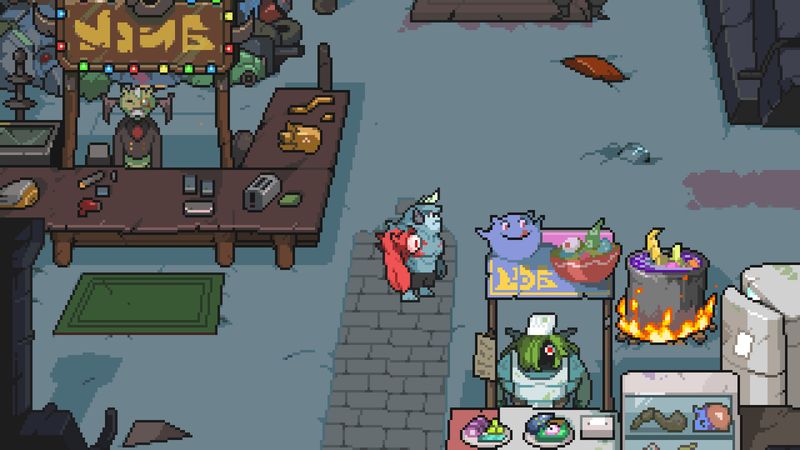
Difficulty and Replayability
Meg’s Monster finds a middle ground in terms of difficulty. The game is challenging yet never feels punitive, which is a balance that many modern titles struggle to achieve. The puzzles and action sequences require thoughtful timing and a tactical mindset. I found that I often had to pause, reflect, and adjust my strategy—a process that added depth without unnecessary frustration.
Additionally, the replayability is commendable. Each decision and strategic tweak can lead to minor variations in gameplay, encouraging players to explore alternate approaches. The game makes it evident that every action matters, even in seemingly inconsequential moments. The balance between narrative drive and strategic planning is where Meg’s Monster truly shines.
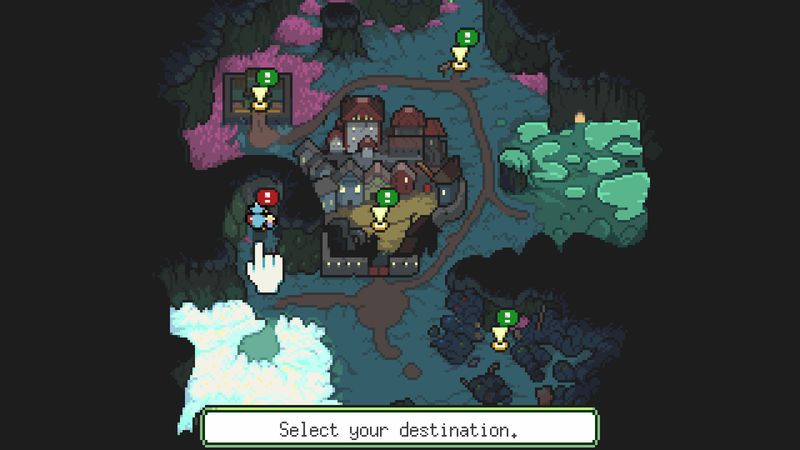
Other players have echoed my sentiments. Comments such as “very sweet little game about friendship,” and praise for its “autosaves and milestone level ups,” align with my own experience of a title that caters well to both methodical gamers and story enthusiasts. I appreciated that the controls, while occasionally challenging, never got in the way of the overall exploration of the game’s rich world.
Trivia and Behind-the-Scenes Insight
From behind-the-scenes sources, I learned that Odencat has a penchant for blending classic storytelling with modern gameplay innovations. The development team aimed to create an experience that would forge an emotional bond with players. They experimented with risk and reward in narrative design, as seen in the game’s central mechanic: a lost little girl whose emotional state directly impacts the fate of the world. Such a creative risk underscores the developer’s commitment to storytelling that is both innovative and impactful.

Overall Score
After a thorough examination, I assign Meg’s Monster a solid 4 out of 5 stars. This score reflects the game’s excellence in narrative, art, and gameplay mechanics. Though a few control elements could be refined, the overall package is one that I strongly recommend for gamers who appreciate a rich, story-driven adventure without unnecessary complexity.
In conclusion, Meg’s Monster is a triumph of indie game design. It combines thoughtful gameplay, memorable characters, and a stunning visual and auditory palette into a cohesive experience. As a gamer who thrives on strategy and narrative nuance, I found much to admire. Odencat has delivered a game that challenges and delights, ensuring that players remain invested from start to finish. Whether you are a veteran of the genre or a newcomer looking for a captivating adventure, Meg’s Monster is a title worth experiencing.
